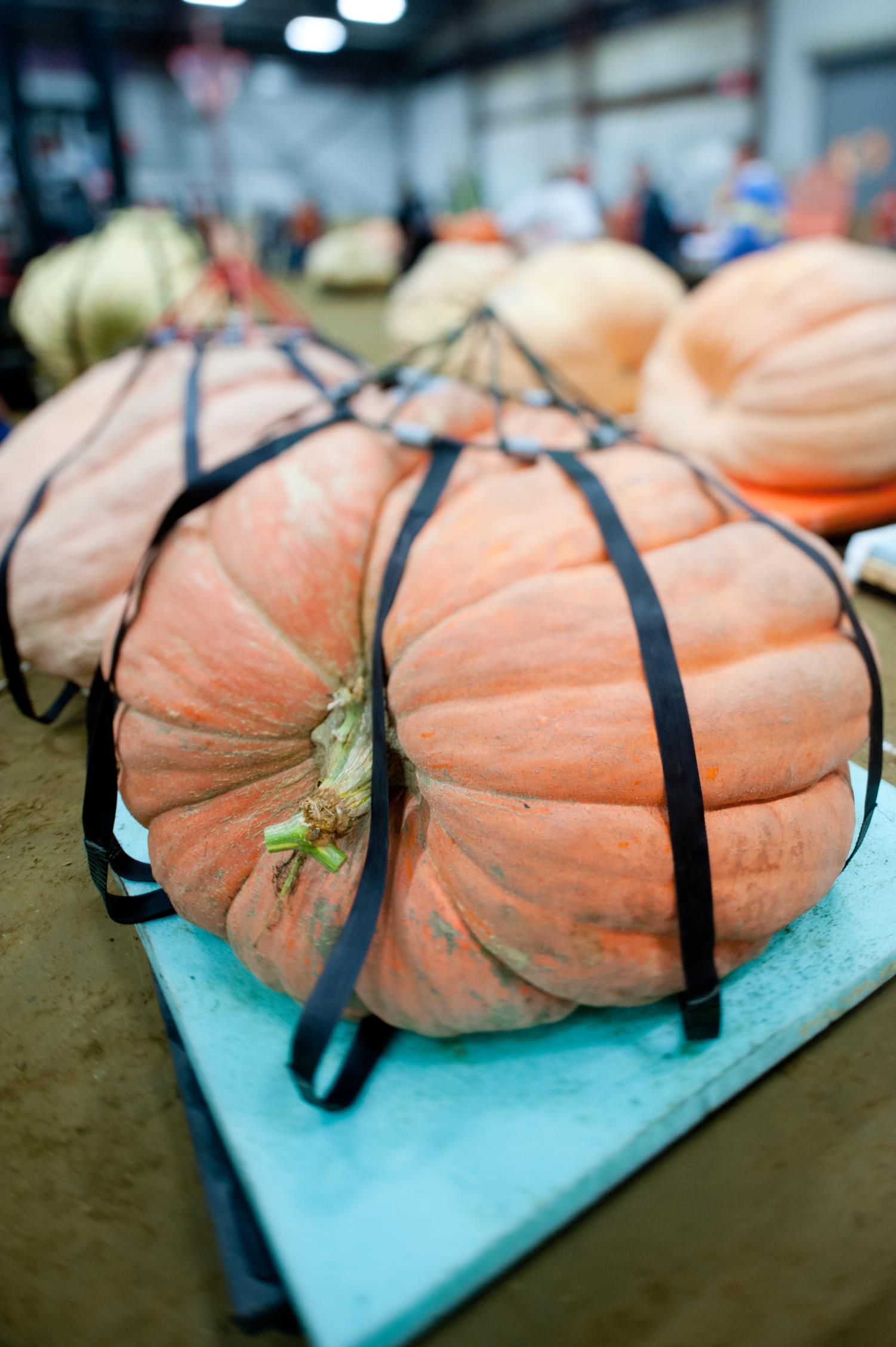For millions of people across generations, autumn on the North Shore is synonymous with the Topsfield Fair, with its fairytail-sized pumpkins, whirling carnival rides, sticky caramel apples, and adorable animals.
I’ve been one of those fairgoers since I was a child, and those annual trips to the fair shine bright in my memory. As a teenager, I strolled through the fairgrounds hand in hand with my high school boyfriend, who tried valiantly to win me a stuffed animal on the midway. As a mom nearly 20 years later, I watched my own little girl delight in winning herself a goldfish after a triumphant game of ring toss.
So when I was tasked with writing a book commemorating the fair’s 200th anniversary, I jumped at the chance to be part of its history.
And what a history it’s been. The Topsfield Fair claims the title of oldest continually running agricultural fair in the country and packs nonstop action into every corner of its 83-acre fairgrounds. It runs 11 days and welcomes nearly half a million people.
The fair certainly has changed a lot since a group of “practical farmers” first met in 1818 to form the Essex Agricultural Society, which was dedicated to developing and sharing the best and latest farming techniques. The first fair was a modest cattle show, with local farmers gathering to compete in categories like best manure, Indian corn, butter, and swine.

Although its beginnings sound humble, farming in New England—with its droughts, harsh winters, and rocky soil—was a matter of life and death, and the Essex Agricultural Society was led by none other than Timothy Pickering, a Revolutionary War hero who later served as postmaster general, secretary of war, and secretary of state, as well as a senator and congressman.
Two hundred years later, things are a bit different. Today there are more than 1,400 exhibits from local farmers and gardeners in the Fruit & Vegetable Building alone. Roughly 55 rides and 60 games tempt guests on the midway; 1,500 baby chicks hatch in the Poultry Barn; and 2,500 ribbons are given away to prizewinners by the Flower Department. You’re as likely to hear the crunch of metal and growl of engines during the demolition derby in the arena as you are to hear the braying of cows in the farmyard or the gasps of the crowd during the Flying Wallendas’ gravity-defying tightrope and trapeze act.
For all that’s changed, though, the Essex Agricultural Society is still putting on the fair and remains dedicated to its original charter: “To promote and improve the agricultural interests of farmers and others in Essex County.”
In the roughly 18 months I spent researching and writing the book, the Topsfield Fair opened up to me in ways I never dreamed it would. I was given access to a treasure trove of history: black-and-white historical photos, newspaper clippings, and 200-year-old documents, their pages yellowed and brittle with age. Among those documents, I found a short entry about Elizabeth Parker from “East Bradford,” now Groveland, the first woman to enter one of the fair’s agriculture contests, and I proudly claimed her as my ancestor, since my grandmother’s Parker family hails from Groveland.

But it wasn’t just history I discovered. I also discovered the stories of hundreds of dedicated staffers and volunteers who make the fair run like clockwork with a sweet combination of love, sweat, tears, laughter, trust, hard work, patience, dirty fingernails, calloused hands, and mud-caked boots. It takes 18 months of planning, 700 volunteers, and 260 full-time seasonal staffers. It takes fair volunteers who save their vacation hours all year long so they can take off 11 straight days from work. It takes people who arrive at the crack of dawn and don’t go home until well past the fair’s 10:00 p.m. closing time.
I spent hours on the fairgrounds myself and discovered that dedicated staffers and volunteers arrive with the sun to clean the animal barns, wash the horses, put finishing touches on vegetable and flower displays, sweep the floors and walkways, and carry boxes filled with hundreds of donuts and coffee into the clubhouse to nourish the fair’s hard workers. You might even find sleepy 4-H kids napping on a barn floor with their goats in the earliest hours of the morning. Late nights tell the story of volunteers who have been at the fair all day long, seemingly tireless in their enthusiasm and energy.
And you can be sure that this year, as the fair celebrates its 200th birthday, I’ll be there with them once again, happily making more memories that I will cherish for years to come.
